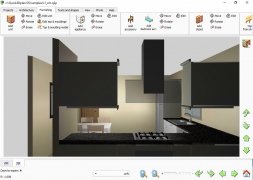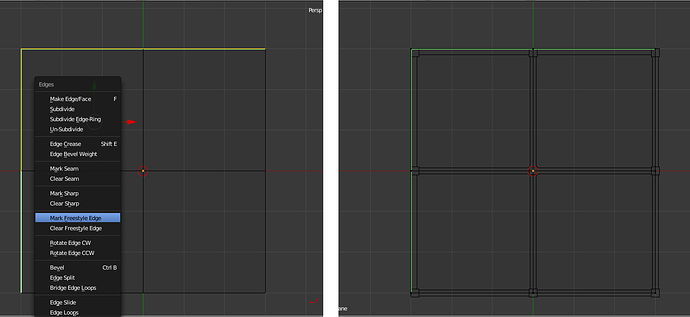

Current Single and 10 user licenses will be converted into TSPrint users licenses, with the same limits.After going through all the trouble of printing a part in resin, discovering it feels sticky or tacky to the touch is pretty unwelcome. Giving the model some extra ultraviolet (UV) curing seems like it should fix the problem, but it probably does not. The best thing to do with a sticky print is to immediately re-wash it in clean isopropyl alcohol (IPA) before the UV present in ambient light cures stray resin. If the part remains sticky after it is dry, more aggressive steps can be taken. We’ll get into those more extreme procedures shortly, but first let’s understand a bit more about how resin works, then look at how that applies to preventing and removing tacky surfaces on finished prints. The resin used in stereolithography (SLA) is a syrupy liquid that is UV-cured, meaning it hardens when exposed to the right wavelength of light. But this process is not a perfectly binary one where all exposed resin becomes completely solid, while unexposed resin remains equally and totally liquid. It happens in degrees, and taking advantage of this is indeed part of how SLA printers operate. In the SLA process, objects are created one slice at a time, and each slice is a thin layer of resin selectively exposed to UV so that it becomes hard. But this curing process is not always driven to absolute completion. Some of the resin in a layer remains in what is called a green state, which can be thought of as solid but not fully cured. This gives the next layer something to bond to. Each subsequent layer bonds with the previous one, and the UV hardens not just the current layer, but also further cures previous ones as the UV penetrates into the model. The result of this process is a solid object with no distinct layers that is also covered in uncured resin from the build tank. Some resins get additional curing time by placing them in a UV cure box (or in a pinch, left in sunlight.) This excess resin needs to be rinsed away with a solvent, usually isopropyl alcohol (IPA). Ideally this process results in a perfectly clean part, but this is not always the case.

Uncured resin progressively contaminates the IPA used to wash parts, and it clings to some spots on a model more than others. Just as with hands, incomplete washing is asking for trouble. This happens in one or both of the following ways: If enough uncured (or partly-cured) resin is left behind after part washing, it contaminates a print’s surface and makes it sticky. The more parts are washed in a quantity of IPA, the higher the concentration of resin in the IPA becomes. Parts washed in this IPA get coated with a thin layer of diluted resin. The alcohol evaporates, and the resin is left behind. If the concentration is high enough, the part is sticky.


 0 kommentar(er)
0 kommentar(er)
